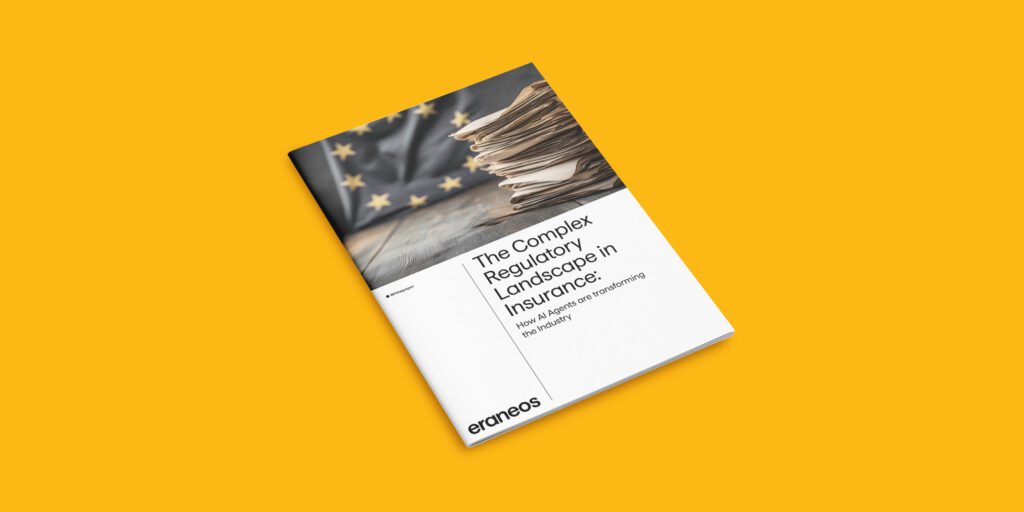Insurance companies operate in one of the most heavily regulated industries, facing a labyrinth of laws and standards that grow more complex by the year. From consumer protection rules to financial reporting requirements, insurers must juggle a vast array of compliance obligations across every market they serve. Keeping up with these constantly changing regulations is a significant operational challenge – especially for insurers operating in multiple jurisdictions where the sheer volume of rules can be overwhelming.
Traditional manual compliance processes (think piles of paperwork and spreadsheets) struggle to keep pace, often resulting in time-consuming reviews and a higher risk of errors. In this context, it’s no surprise that compliance has become a top-of-mind issue for insurance executives.
Technology-driven solutions are increasingly seen as the only viable way to navigate this complexity. Insurers recognize that simply adding more staff to compliance teams isn’t sustainable; instead, they are turning to digital tools that can automate and streamline compliance workflows. In recent years, advances in artificial intelligence (AI) have opened new possibilities to manage compliance more efficiently. Automation technologies are already helping to reduce the burden of routine compliance tasks and minimize oversights, freeing up teams to focus on more complex tasks. AI promises to take these benefits to the next level by handling complex analyses and monitoring tasks at a scale and speed that humans alone cannot match. The need for such tech-driven compliance solutions is evident as insurers strive to stay ahead of regulatory changes while controlling costs and maintaining accuracy.
In this whitepaper, we discuss the regulatory challenges insurers face and highlight how AI-driven solutions can ensure organizations remain compliant and competitive.






